'It must have been absolutely horrific'
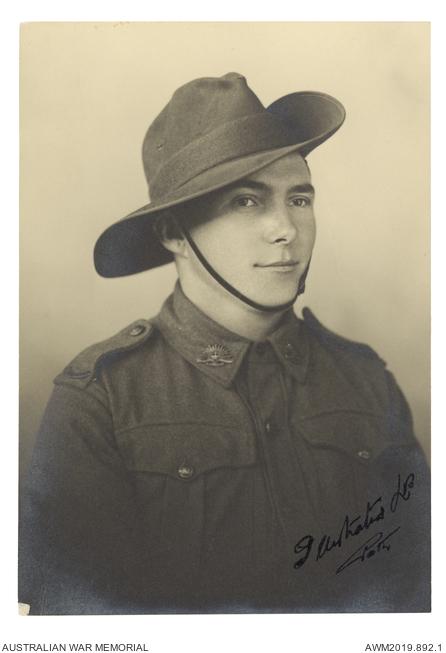
Private David Cripps arrived in Singapore just weeks before it fell to the Japanese in February 1942.
He became a prisoner of war and survived the horrors of the infamous Burma-Thailand railway, only to be killed when the Japanese hellship Rakuyō Maru was sunk by an American submarine on 12 September 1944.
“It must have been absolutely horrific for his mother,” said his cousin Peter Cripps. “He was only 19 when he enlisted, and he was an only child in that he’d lost his older brother at birth.
“She had already lost one child – and a husband – and yet, she was only one woman in all of this; there were hundreds and thousands of women throughout the world who lost families on both sides during the war."
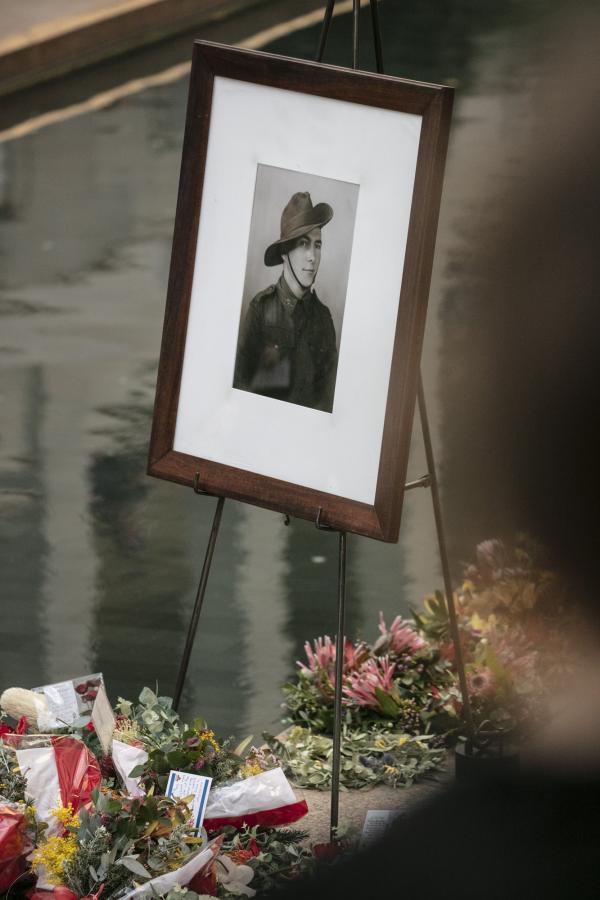
David had enlisted in Geraldton, Western Australia, in August 1941, but the family’s story of service had started many years before.
David’s father, who died when David was just three years old, had enlisted during the First World War, but was medically discharged after suffering from chronic dermatitis. His uncles had also tried to enlist, but failed the medical.
“That’s when my great-granddad, David’s grandfather – Charles Thomas Cripps – decided to go to the First World War,” Peter said. “He was actually 61 at the time, but on his enlistment papers he said he was 45.”
He enlisted in Geraldton in August 1915, the Certificate of Medical Examination stating that his “apparent age” was “over 45 years”. He would later write to authorities explaining that “in order that my branch of our family should be represented also, I offered myself and was accepted”.
Charles served with the 11th Battalion in France before transferring to the 1st Division Salvage Company in February 1917. He was eventually discharged for being over age in October 1917, having served for two years and 112 days.
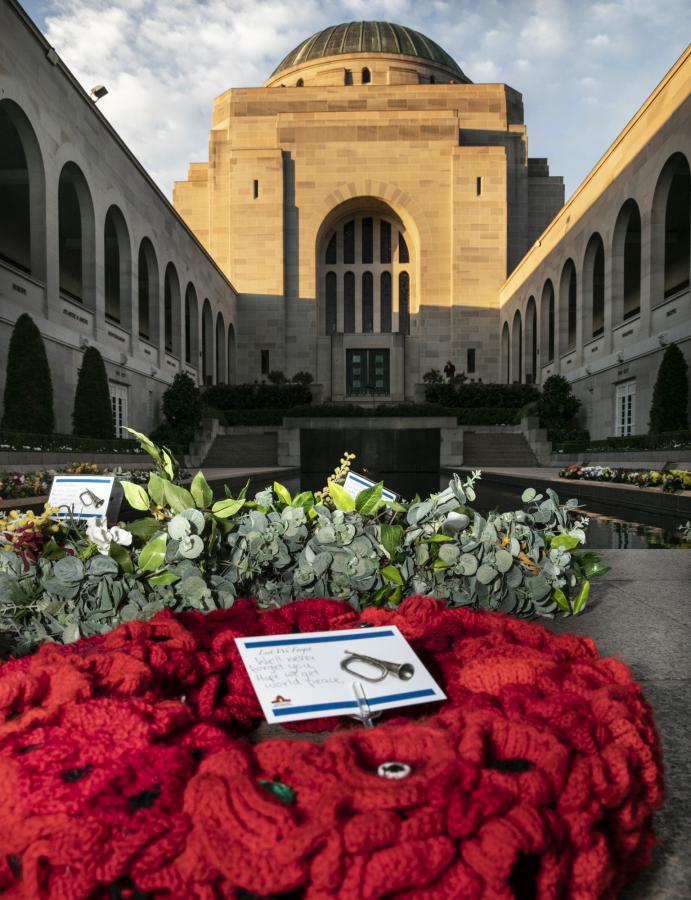
When the Second World War broke out a few decades later, his grandson David was determined to do his bit, joining the 2/4th Machine Gun Battalion.
After the Japanese attacked Rabaul, the convoy carrying David’s battalion sailed to Sydney, and then Fremantle, reaching Singapore at the end of January 1942. The battalion was hastily deployed in the north-west of Singapore island. Heavily engaged and outnumbered around the landing beaches, it was pushed back towards the city over the course of a week.
After days of air raids, the Japanese attacked Singapore on 8 February. The machine-gunners suffered heavily, but kept fighting, sending out patrols until they were ordered to surrender. Despite receiving orders to surrender weapons and ammunition, the men destroyed the majority of their equipment before being marched to Changi gaol.
David’s stay at Changi would be brief, however, as he became one of 3,000 men attached to A Force, the first Australian group to leave Singapore for Burma.
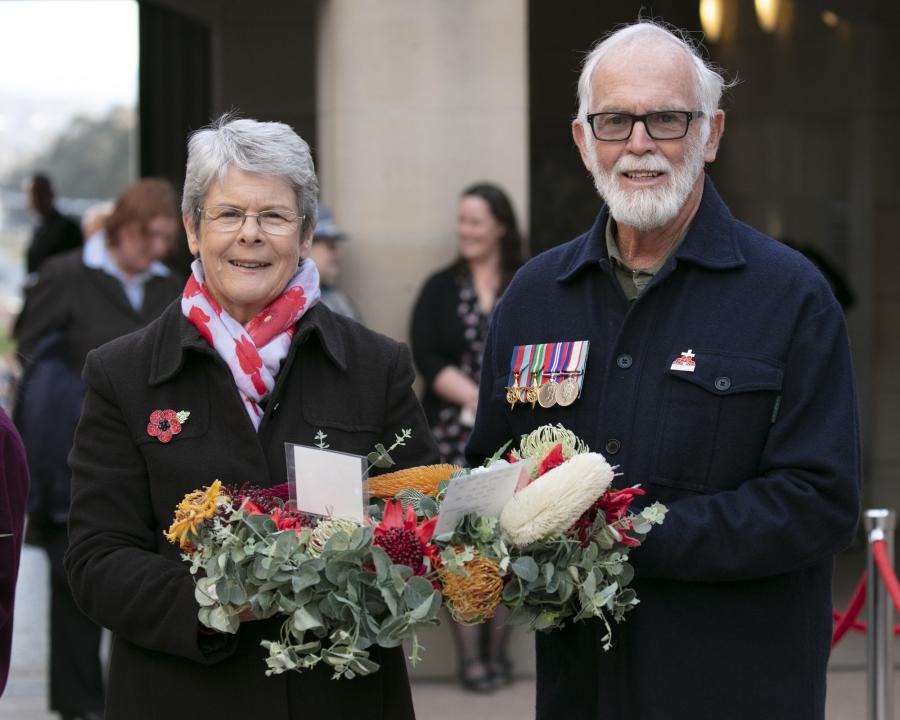
Peter Cripps and his sister Jenny MacKay at the Last Post Ceremony at the Memorial.

Family members attend the Last Post Ceremony, including Wing Commander Murray Johnson and Commander Jane Proctor.
At first the prisoners were tasked with building airfields, but in September 1942, the men were consolidated at Thanbyuzayat to begin work on the Burmese end of the notorious Burma–Thailand Railway.
Conditions for the men were extremely harsh. Over-worked, underfed and treated poorly, disease and malnutrition were rife, and men died in their thousands.
By the time the railway was completed in October 1943, the death toll consisted of at least 2,815 Australians, more than 11,000 other Allied prisoners, and approximately 75,000 other forced labourers.
David survived, and was among the 1,318 Australian and British prisoners of war who were forced to board the hellship Rakuyō Maru on 6 September as part of a convoy bound for Japan.
Six days later, the convoy was attacked by American submarines in the South China Sea. Rakuyō Maru was sunk by USS Sealion II; Kachidoki Maru, which had been carrying British prisoners of war, was hit by USS Pampanito.
David was one of 1,559 prisoners of war killed in the incident. He was 22.

His story was told as part of a Last Post Ceremony at the Australian War Memorial in Canberra 75 years after his death.
For Peter, who only learnt of David’s story in the early 1990s, it was particularly poignant.
“My sister was doing some research and our father told her that we’d lost a relative in the Second World War,” he said.
“At that point, we only knew that he was a POW in Singapore and that he never came home. It wasn’t until many years later that my wife and my daughter and myself were in Thailand and we decided to go on tour of the Burma-Thai Railway.
“It was while we were on the site of one of the POW camps that we found out … and that blew me away… It was there that we found out that he was on the Burma-Thai Railway and that he had been killed with the sinking of the Rakuyō Maru.
“I organised a headstone for him and had it placed between his mother’s and father’s in Northampton where he grew up.”
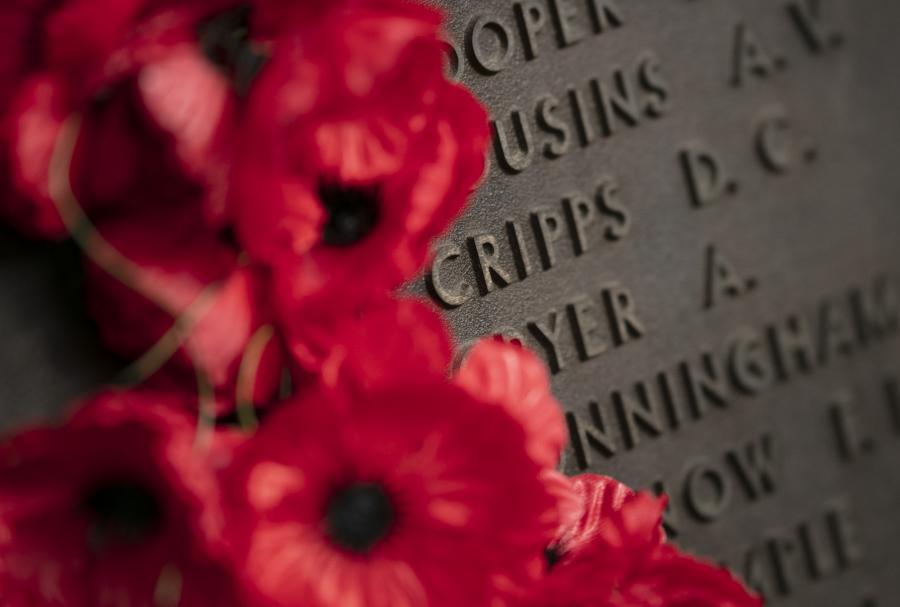
Determined to learn more, Peter and his sister, Jenny MacKay, visited the Northampton RSL where they found a framed copy of a letter that David had written during the war. “It was mind-blowing,” Peter said. “And now we’ve got a photo of this jolly letter that he had written to his mother.”
A visit to the Geraldton RSL led to another unexpected discovery. “We walked into this room … and on the corner of one desk was a stack of photo frames, and at the very bottom of it, there was a framed original medal of David’s,” he said. “It just blew me away again. We were obviously meant to find something out about him, and I had a replica set made up, and I had the privilege of wearing them at the Last Post Ceremony.”
For Peter and his family, the ceremony was a moving tribute to the cousin they never knew. His story was read by another cousin, Wing Commander Murray Johnson.
“It was quite special, it really was,” Peter said. “It’s an incredible story, and I’m quite chuffed and quite honoured that we could honour him in this way. The Last Post Ceremony just topped it off absolutely beautifully; I couldn’t have asked for a better ending.”
The Last Post Ceremony is held each evening in the Commemorative Area at the Memorial. Each night the ceremony shares the story behind one of the names on the Roll of Honour. For more information, visit here.